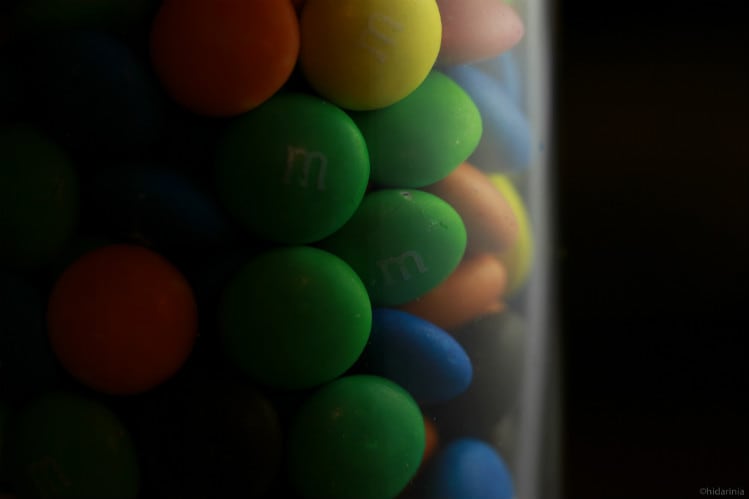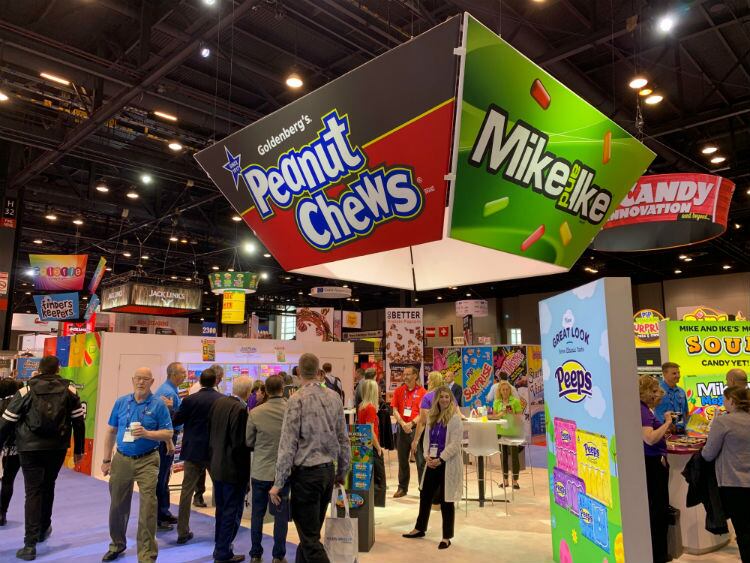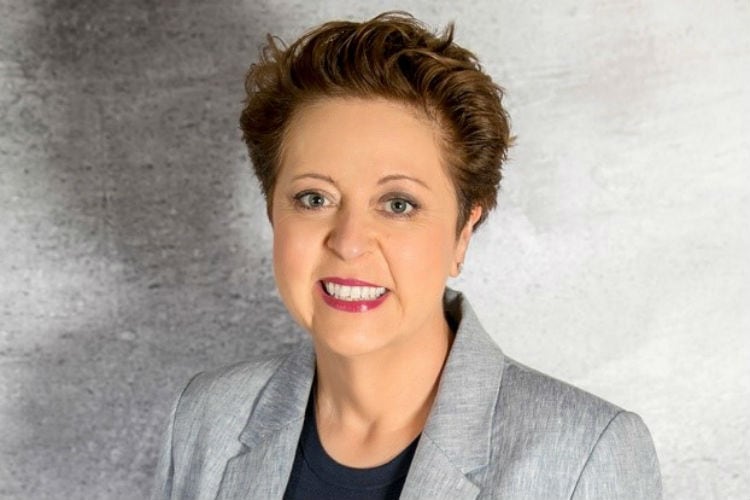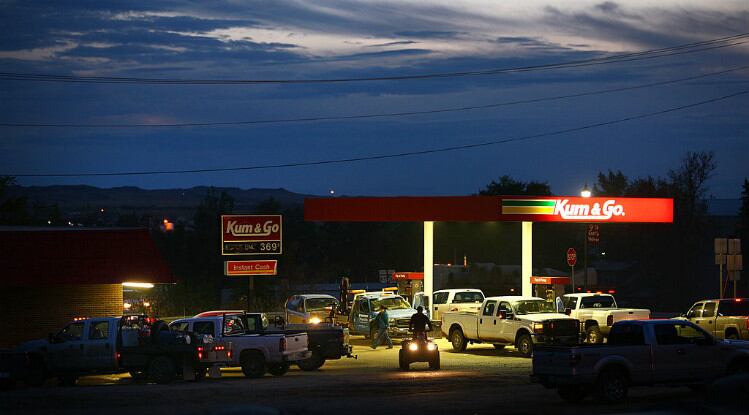E-commerce might be a hot topic, but brick-and-mortar retailers remain the primary source for candy purchases, according to the company. In the US, that means a majority of the $36bn sales, as measured by the National Confectioners Association, occurs in-store.
“Grocery stores are going through a moment of transformation, as shoppers have more choices for where to purchase the products they love,” said Shirley Ulrich, VP of US grocery sales at Mars Wrigley.
As the final step between product and the consumer, they have also become important arbiters of healthy choices, she added.

“We’re looking forward to exploring new ways to connect with and educate shoppers on how and when to use confections as well as providing them with more product and packaging choices to fit their needs.”
From paper to practice
In an effort ‘to understand the truths of today’s end-to-end confectionery shopping experience,’ Mars Wrigley combined qualitative, human stories from several countries with quantitative data culled from its established planograms. The resulting program offers retailers contemporary ideas in shelf organization and consumer attitudes.
‘Unlocking these occasions’ is paramount to success, a Mars Wrigley executive told ConfectioneryNews at the Sweets and Snacks Expo in May. Consumers might be seeking an ‘everyday gift,’ or they might simply be on the prowl for an afternoon pick-me-up.
To test these ideas – intended ultimately to make candy shopping ‘easier and faster,’ Mars Wrigley partnered with Jewel-Osco, a US grocer owned by Supervalu. Sales at eight test stores jumped more than 5% over the course of 24 weeks, ‘consistently outperforming’ control stores, Mars Wrigley said. Additionally, each category segment benefited.
Key data points
- Consumers spend just under a minute in the confectionery aisle – devoting nearly all of their time to searching, rather than shopping.
- Those surveyed also rated the confectionery category as ‘100% more difficult to shop’ than comparable categories.
- A one-second drop in time spent looking at the shelf would boost the average total basket size by about $0.20.
- Still, nearly two-thirds of candy buyers grab their goodies in the candy aisle, where they choose their treat on the spot, according to the survey data. Yet only 20% of those who enter that aisle take time to consider the options – and only 17% of that group actually leave the store with candy in tow.
- Impulse rules, too, with 70% of such purchases compelled by a quick glimpse or in-the-moment craving.
What’s the reason?
Perhaps most importantly, Mars Wrigley determined that consumers turn to candy to fulfill one of four fundamental desires: to recharge now or later, to reward oneself or others, to connect during informal moments (e.g. a meeting at the office), or to celebrate the season or a special occasion.
That occasion purpose remains integral to candy purchases and especially chocolate – the number-one attraction to the candy aisle. Then, retailers should anchor (or end) the aisle with the oft-planned purchase: gum.
The confectioner also stressed the importance of ‘treating candy as a treat, not a snack.’
Consumers – especially millennials – consider candy to be one part of a balanced lifestyle. Smaller pack sizes, such as the 100-calorie packs Mars Wrigley offers for its Skittles, Dove, Twix and Snickers lines, are a sensible way to attract those mindful shoppers.
Nearly half of millennials consider candy to be ‘a treat to boost their mood,’ while only 36% of Gen X and 28% of baby boomers concurred, per the confectioner’s 2018 Treat Report.
Outside of traditional grocery channels, convenience and drugstores play an important role in navigating the snack-versus-treat trend, according to Larry Lupo, VP of small format at Mars Wrigley.
“Drug stores present a great opportunity to remind consumers to purchase confections to reward or recharge,” he said. “It’s also a great channel for us to insert better-for-you options for wellness-focused consumers on-the-go.”
Not afraid of e-commerce
At Sweets and Snacks, the company told us it was, of course, studying digital sales and online retailers.
It is also closely watching the rise in seamless – or ‘frictionless’ – checkouts, which includes concepts like Amazon’s Go stores (where consumers scan a bar code from their phone on a subway-like turnstile, and through video and sensor technology, the store calculates their purchase to be paid automatically with a pre-loaded credit card in the app), as well as self-checkout counters now ubiquitous in Target, CVS and traditional grocery stores.
Therein lies an exciting challenge, as Mars Wrigley predicts ‘room to be more experiential’ with brick-and-mortar setups.
With these recommendations, the company hopes retailers can ‘bring the center store to life,’ a process that could entail redesigning aisle endcaps, changing the height or width of shelving, or incorporating digital signage. (Midwestern US convenience chain Kum & Go was named the first retailer in the confectioner's inaugural incubator program for merchandising solutions.)
By focusing on the omnichannel experience today, retailers and manufacturers can – together – plan for tomorrow.




